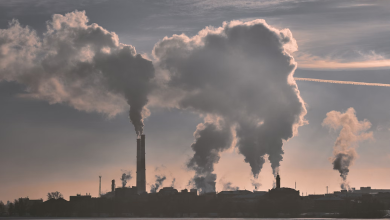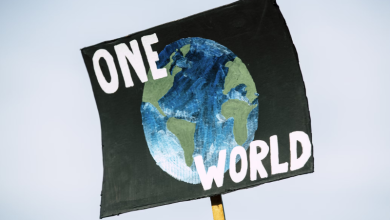Libya Floods: A Lethal Confluence Of Factors Paved The Way For The Catastrophe

It started with a bang at 3 am on September 11 as residents of the eastern Libyan city of Derna were sleeping. One dam burst, then a second, sending a 7-metre wave of water gushing down through the mountains towards the coastal city, sweeping entire neighborhoods into the sea.
Derna, the epicenter of the disaster, had a population of around 100,000 before the catastrophe. However, more than 5,000 people are believed to have been killed in the floods, with authorities saying at least 10,000 others remain missing. The toll is expected to rise.
There are questions as to why Storm Daniel that also hit Greece, Turkey and Bulgaria caused so much more devastation in Libya. Experts have blamed a lethal confluence of factors including ageing infrastructure, inadequate warnings and the accelerating climate crisis.
Problems With The Two Dams Were Known?
The extreme rainfall that hit Libya on September 10 was brought by Storm Daniel. After sweeping multiple countries with severe flooding that killed more than 20 people, the system exacerbated into a ‘medicane’ over the Mediterranean.
The relatively rare type of storm with similar characteristics to typhoons and hurricanes strengthened as it crossed the unusually warm waters of the Mediterranean before dumping more than 16 inches of rainfall in 24 hours on Al-Bayda, a city west of Derna.
Derna has a rough history of flooding and its dam reservoirs have caused at least five deadly floods since 1942. The two dams that burst recently were constructed between 1973 and 1977. The Derna dam has a storage capacity of 4.76 billion gallons, with Mansour, 396 million gallons.
Better Warnings Could Have Avoided Most Of The Casualties?
The problems with the two reservoirs were known. According to a research paper published by Libya’s Sebha University last year, the dams had a “high potential for flood risk” and that periodic maintenance is needed to avoid “catastrophic” flooding.
ALSO READ: Understanding Why Antonio Guterres Calls Pakistan A ‘Double Victim’
The coastal city’s infrastructure has been upended by years of fighting. From battling ISIS and then later, eastern commander Khalifa Haftar and his Libyan National Army (LNA), Derna’s infrastructure has crumbled and is woefully inadequate in the face of extreme weather events.
Furthermore, according to Petteri Taalas, the head of the UN World Meteorological Organisation, better warnings could have avoided most of the casualties in Derna. Yet, even robust early warning systems aren’t an effective guarantee as dam failures can be very hard to forecast.



